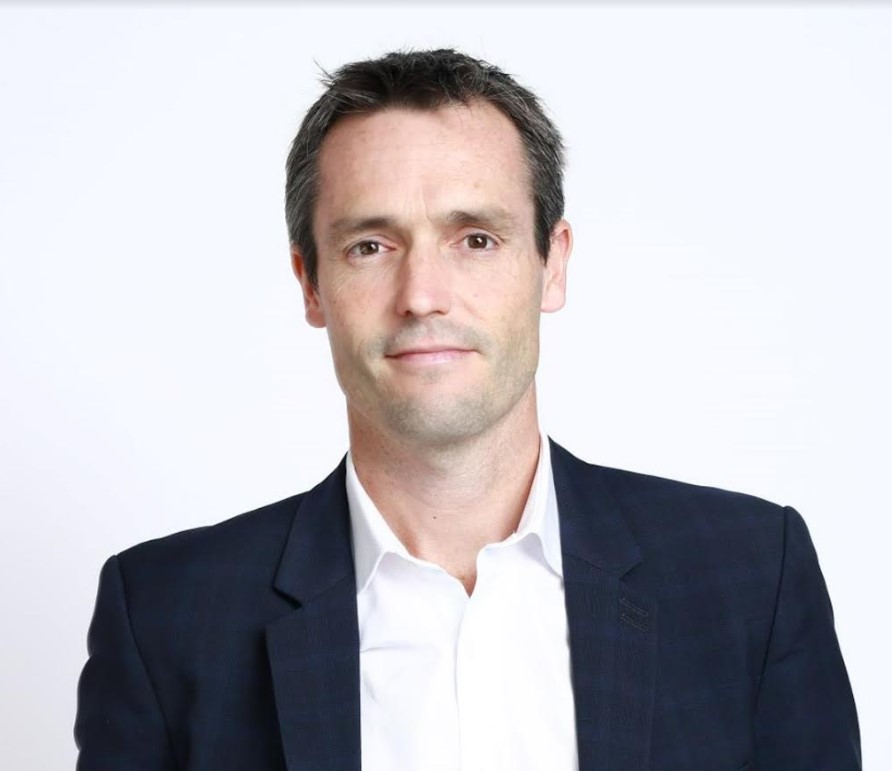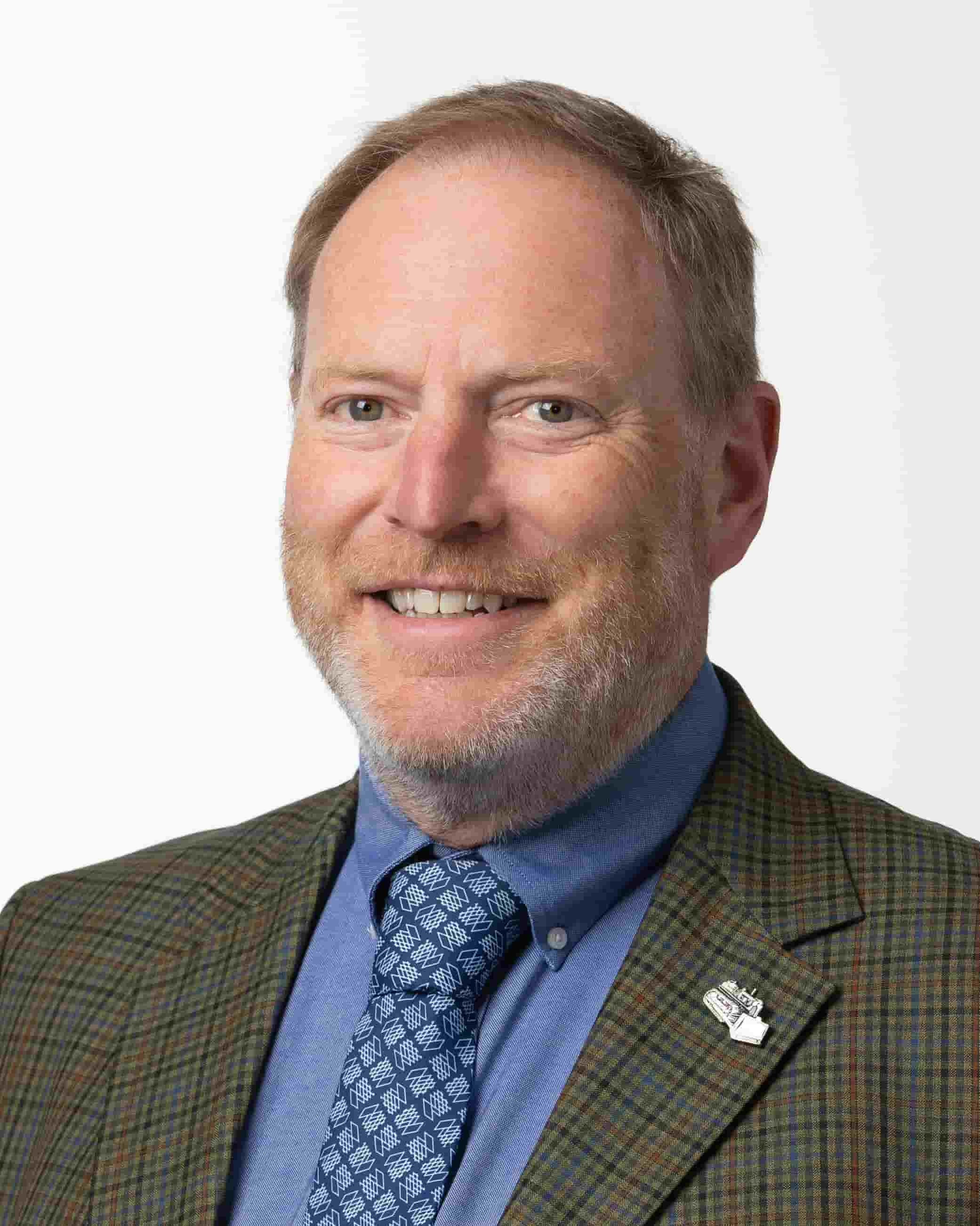Foundational Support Systems Webinars
Speakers:
Clément Paris, R&D Head Projects, EDF
Jacques Martin, Energy & Utilities R&D Manager, ATOS
Guillaume Giraud, R&D eEngineer, head of project Future Architectures for Power System Control, RTE (French TSO)
Abdourrahmane Chraibi, AMI Division – International Projects Manager, Enedis (French DSO)
Sandra Castellanos- Paez, junior researcher at Grenoble-Alpes University (UGA)
Moderators:
Michel Béna, R&D Deputy Director for RTE
Régis Le Drézen, Managing Director, Think Smartgrids
At a time when the electricity system is becoming increasingly decentralised, with a growing share of intermittent renewable production spread over the territory, the collection of relevant data, its processing and its valorisation are becoming a key issue for grid operators. The development of IoT technology also opens up new perspectives for grid stakeholders.
Edge computing technologies can have many applications for smart grids. The exploitation of data as close as possible to their source of emission has indeed clear advantages to support the decentralisation of the operation of the electricity network.
The webinar will present the concept of edge computing, its applications for smart grids, illustrated by concrete use cases. The panelists will explain the benefits (performance and resilience, reduced cloud and telecommunication costs, new services, less private data uploaded, etc.), but also the challenges (cybersecurity, additional complexity, skills, industrial challenges, etc.).
=> While the energy transition implies a decentralisation of the operation of the electrical system, edge computing opens up new prospects for the development of smart grids.
PLEASE NOTE THIS EVENT IS 90 MINUTES!
INTENDED AUDIENCE:
Smart grids ecosystem, DSO/TSOs. The goal is to raise awareness of the opportunities linked to the deployment of edge technologies, but also of the need for skills, collaboration and the different challenges to succeed in this deployment.
ABOUT THE SPEAKERS
|
Tags & Topics for This Webinar:
Edge Computing; iot; Data; Smartgrid; Energy; Edge; Energy Transition; Digital
AFTER THE WEBINAR IS PRESENTED
For any questions, please contact Phyllis Caputo at p.caputo@ieee.org. To view previous webinars on-demand, visit the IEEE Smart Grid Resource Center |
Presented by: Dr. Desen Kirli, Dr. Benoit Couraud, and Dr. Valentin Robu
Given the ongoing transition towards a more decentralised energy system, the potential of blockchain-enabled smart contracts for the energy sector is being increasingly recognised. Due to their self-executing and tamper-proof nature, they are a key technology for enabling the transition to a more efficient, transparent and transactive energy market. Their applications include coordination of smart electric vehicle charging, automated demand-side response, peer-to-peer energy trading and allocation of control duties amongst the network operators. Nevertheless, their use in the energy sector is still in its early stages as there are many challenges related to security and scalability. In this webinar, we reflect our findings from the systematic review of 178 peer-reviewed publications and 13 innovation projects. This webinar offers a broad perspective on the opportunities and challenges that stakeholders using this technology face, in current and emergent markets. We demonstrate a systematic model of the smart contracting process, by using our novel 6-layer architecture, and share our open-source sample energy contract code. We focus on two mainstream application areas identified as; energy and flexibility trading, and distributed control. The webinar concludes with a critical discussion of the challenges and a set of recommendations that researchers should consider when applying smart contracts in energy systems.
Presented by: Dr. Shashikant Madhukar Bakre
Learning objectives:
- To understand the concept of virtual energy meters.
- To understand the concept of virtual summation meters.
- To understand the significant role of summation meters in smart grids.
The summation meters perform summation of consumptions recorded by meters provided at outgoing feeders emanating from bus at substations in smart grids. The convention meters are physical meters. In the advent of Virtual Summation Meters, entire meter data can be visualized on computers. Thus, the utility engineer can monitor this data on his or her laptop or mobile phone from any place in the world. The virtual energy meters are basically IoT enabled meters. The summation of consumptions is performed using Python TensorFlow libraries. The main contents of the proposed webinar are – types of summations meters, comparative advantages of virtual energy meters, basic working of virtual summation meters, measurements using IoT devices, report generation for a specified period.
Presented by: D. Navin Sam
Hybrid Electric Vehicles (HEV) uses combination of an ICE (internal combustion engine) and electric motors. Overall performance of an HEV with respect to fuel economy and reduction in emission depends on the individual components and good coordination of these components. This energy management strategy is also called as Power Control strategy. The most important and challenging task of energy management strategy is to distribute the vehicle demand power to the ICE and the Electric motor optimally in real time. Due to the complexity of a hybrid electric system, conventional design methods that rely on an exact mathematical model are limited. Fuzzy control is one of the most active and fruitful areas where fuzzy set theory is applied. It is feasible and advantageous to employ fuzzy logic control techniques to design the energy management strategy for a hybrid vehicle system. To achieve this, a general rule based energy management strategy along with the implementation of a fuzzy logic based HEV energy management strategy will be discussed in this webinar. Optimization results and comparisons will also be shown.
CANCELLED
Presented by: Jiefeng Hu
As the electronic interfaces between distributed energy resources (DERs) and the electrical network, power converters play a vital role in voltage stabilization and power conversion. So far, various power converter control methods have been developed. This talk provides an overview of the state-of-the-art of parallel power converter control in microgrid applications. The most important control schemes to address existing challenges, including concentrated control, master-slave control, droop mechanism, virtual synchronous generators (VSG), virtual oscillator control (VOC), distributed cooperative control, and model predictive control (MPC), are highlighted and analyzed in detail. In addition, the hierarchical control structure, as well as future trends, are reviewed and discussed.
IEC 61850 engineering practices provide non-vendor specific and interoperable methods to configure programmable electronic devices to communicate within a network of interconnected devices. The multiple parts of the IEC 61850 communications standard describe methods for station bus (SB) communications using human to machine (H2M) and client-server protocols to perform tasks including SCADA, reporting, and engineering access. Additionally, the standards describe process bus (PB) communications using machine to machine (M2M) or peer to peer (P2P) protocols to transfer process level signals for tasks including fault detection, interlocking, and protective tripping. To maintain continued support of other existing and future capabilities, IEC 61850 harmonized with work previously done within the Utility Communications Architecture (UCA) IEEE TR 1550 to include IEEE 802.1 Ethernet, object-oriented databases, and compatibility with any other technology through standardization of data processing based on the seven-layer open systems international (OSI) information exchange models. Because of this inclusive standardization, data modeling and protocols within IEC 61850 have evolved over the past 20 years, remain interoperable with methods including Modbus, DNP3, and MIRRORED Bits Communications, and support newer innovations like traveling wave fault location and time-domain protection by design.
All Webinars in the Series:
- Studies of Digital Secondary Systems (DSS) - On Demand!
- Fundamentals of Ethernet in DSS - On Demand!
- Object-oriented Data and Standardized Data Models - On Demand!
- Dataflow Design of DSS - On Demand!
- Engineering Processes for Digitization of Substations - On-Demand!
- Methods to Increase Resiliency of Communications - On-Demand!
- Monitor, Troubleshoot, and Service DSS - On-Demand!
- Cyber Vulnerability Assessment - Mitigation for DSS - On-Demand!
In case you missed it:
Part 1 - Studies of Digital Secondary Systems (DSS)
Presented by: David Dolezilek
This webinar will provide an outline of IEC 61850 methods within the broader context of the digital transformation of energy control systems (ECS). Functionality and communications topologies of several common DSS methods used around the world to replace RTUs and traditional substation wiring practices will be presented. Future webinars will introduce the fundamentals of Ethernet in DSS, object-oriented data and standardized data models, dataflow design, engineering processes of digitization of substations, methods for communications resiliency, and features to monitor, troubleshoot, and service DSS installations.
Part 2 - Fundamentals of Ethernet in DSS
Presented by: David Dolezilek
IEC 61850 engineering practices define packetized Ethernet as a method for defining human to machine (H2M) and machine (M2M) or peer to peer (P2P) protocols. To enable interoperability among suppliers, IEC 61850 describes the use of nonproprietary manufacturing messaging specification (MMS) protocol and proprietary parallel redundancy protocol (PRP) from another standard (IEC 62439). IEC 61850 assures backward and forward compatibility and solution flexibility and durability by enforcing those defined methods co-exist with other methods not defined by IEC 61850 including hardwiring field contacts, nonproprietary distributed network protocol (DNP), and proprietary MIRRORED Bits Communications. IEEE 802.1 Ethernet defines generic connections where messages are published into the Ether, without device flow control, where Ethernet switches use “best-effort” buffer, store, and forward methods to send them toward their destination(s).
In this session we will
• Discuss using Ethernet for DSS messaging
• Understand use of IEEE 802.1p priority and IEEE 802.1Q virtual LAN methods
• Evaluate Ethernet connections, cabling, duplication, and redundancy
Part 3 - Object-Oriented Data and Standardized Data Models
Presented by: David Dolezilek
In the late 1990s, to maintain continued support of other existing and future capabilities, IEC 61850 harmonized with work previously done within the Utility Communications Architecture (UCA) IEEE TR 1550. This included IEEE 802.1 Ethernet, object-oriented databases, and compatibility with any other technology through standardization of data processing based on the seven-layer open systems international (OSI) information exchange models. This third installment of the web series introduces object-oriented data and standardized data models as part of the inclusive information access standardization and protocols within IEC 61850. Because the standard enforces technical co-existence, other methods that have evolved over the past 20 years including Modbus, DNP3, MIRRORED Bits Communications, IEEE 1588 precision time protocol, IEC 62439 parallel redundancy protocol remain interoperable with IEC 61850.
Part 4 - Dataflow Design of DSS
Presented by: David Dolezilek
A Data Flow Diagram (DFD) is a graphical representation of the “flow” of data and is the important preliminary step used to create an overview of the system and is elaborated by another, more detailed DFDs, each more granular, to visualize the complete view of the data flow. Lowest level DFD is the communications protocol diagram (CPD) which shows the protocol to be used and the media. Once all the data sources, destinations, and data flow attributes are understood, protocols are considered to support each flow. Protocol selection considers human to machine H2M or machine to machine M2M, source (standard development organization SDO, standard related organization SRO), proprietary/non-proprietary nature, and cyber defense properties. This fourth installment explains how protocols are often chosen for other reasons and may not support all the attributes identified in the DFDs and so it is necessary to revisit them and the design choices until the requirements are modified to match the protocols.
Part 5 - Engineering Processes for Digitization of Substations
Presented by: David Dolezilek
Digital-based secondary systems (DSS) that are evolving to provide new and better ways to protect and control the primary system, leverage the digital capabilities and resilience of intelligent electronic devices (IEDs) within the secondary system of the energy control system (ECS). First principles of the process level primary equipment, in combination with the utility purpose and focus, support to an organized effort directed at analyzing features, systems, equipment, and material selections. Value engineering principles support achieving essential functions at the lowest life cycle cost consistent with required performance, quality, reliability, and safety. Although best-known methods frequently change as new innovations become available, the underlying first principles of both the power system primary and secondary systems do not change. This session introduces the workflow to harmonize the digitization of P&C standard operating procedures to make best use of added capabilities, information, and detail.
Part 6 - Methods to Increase Resiliency of Communications
Presented by: David Dolezilek
This session discusses Ethernet as best-effort service providing basic packet delivery services without guarantees. It attempts delivery to the destination data link layer but takes no steps to recover packets that are lost or misdirected. To improve resilience of the applications, designers must both add protocol mechanisms at higher levels of the OSI stack to compensate for lost or delayed packets and technologies within the communications network to detect Ethernet faults and take corrective action. Packet management for IEC 61850 protocols are enhanced via IEEE and IEC proprietary and non-proprietary methods and resilience of the communications network is improved by compensating for Ethernet failures within data flow paths. IEC 62439 Part 1 describes resiliency via recoverability methods including spanning tree algorithm (STA) and software defined networking (SDN) without human interaction. IEC 62439 Part 3 describes non-resilient, repairable Parallel Redundancy Protocol (PRP) or High-Availability Seamless Redundancy (HSR) where faults are detected and repaired by human interaction.
Part 7 - Monitor, Troubleshoot, and Service DSS
Presented by: David Dolezilek
Digital secondary systems (DSS) communications includes both station bus (SB) and process bus (PB) communications. Engineering access (EA) is sometimes isolated onto a separate communications bus but it is most frequently merged with other SB communications.IEC 61850 device data objects include essential settings to be reviewed as part of troubleshooting as well as the useful and necessary status and diagnostics of the publishers and subscribers on the PB. Much of the monitoring is done via digital messaging on the SB or EA bus via layer three messaging. When available, the IEC 61850 monitoring logical nodes (LNs) and their contents are identified for use as standardized monitoring data acquisition. These and the remaining essential status and diagnostics must be identified and satisfied as part of the data flow design. This session describes the necessary data objects and their use to diagnose and troubleshoot a non-time synchronized GOOSE PB as well as a time synchronized PB with sampled values and precision time protocol.
Part 8 - Cyber Vulnerability Assessment - Mitigation for DSS
Presented by: David Dolezilek
Modern digital secondary system (DSS) technology uses digital communications for SCADA and engineering access as well as signal transfer among relays and remote digital sensors over high-speed fiber connections to perform fault detection and trip circuit control. DSS systems based on IEC 61850 leverage Ethernet and therefore expose the digital communications to non-determinism and the consequences of shared bandwidth networks. To understand the implications of using available privacy and/or secrecy mechanisms, a cyber vulnerability assessment of each proposed communications design is essential. Many cybersecurity technologies from numerous industries are promoted for use in DSS communications with unknown impacts. This webinar introduces appropriate metrics and a vulnerability assessment framework to compare cyber risks of available technologies to determine the dependability and security of digital control and protective trip circuits. Finally, modern authentication and encryption methods for DSS are introduced in addition to associated international standards.
INTENDED AUDIENCE:
All utility, supplier, and consultant executives, managers, supervisors, engineers, and technicians will benefit from the overview of the use of Ethernet and IEC 61850 in modern protection and control systems
ABOUT THE SPEAKERS
|
Tags & Topics for This Webinar:
Digital Secondary Systems, IEC 61850, Ethernet, Station Bus, Process Bus, Digital Trip Circuits, Programmable Electronic Relays, Merging Units, Intelligent Merging Units
AFTER THE WEBINAR IS PRESENTED
For any questions, please contact Phyllis Caputo at p.caputo@ieee.org. To view previous webinars on-demand, visit the IEEE Smart Grid Resource Center |
Presented by: Alan M. Ross
For too long, utility, industrial and commercial facilities have depended upon resiliency or aging principles when looking at the life cycle of grid assets. When we view assets, whose reliability and safety depend upon condition data, under the principles of asset reliability, it is clear we need a different approach to testing, maintenance and life cycle management for a grid to be called “Smart”. This presentation looks at grid assets such as transformers, cable systems, breakers, relays and battery systems from a unique perspective; from that of a reliability professional.
Presented by: Doug Houseman and Carmen Garibi
The failure at Colonial Pipeline can happen to anyone who runs a control system and uses modern technology for the user interface, regardless of the underlying control system. Electric utilities are just as vulnerable as Colonial. Understanding Ransomware, how it gets into a system, what it does when it engages, and what you lose if you don’t pay. Ransomware is insidious and hard to stop, a simple firewall is not enough to stop it, nor is a spam filter enough. Ransomware can take many paths into an organization, even a smart phone. Phishing is one of the most common paths into an enterprise. Not all ransomware is restricted to Microsoft platforms, and some can even attack control system platforms. Here are some tips on actively avoiding ransomware, keeping it out of control systems, and finding it before it is too late.
Presented by: Ioannis Antonopoulos, Benoit Couraud, and Valentin Robu
In the recent years, there has been a growing interest for the use of Distributed Demand-Side-Response (DDSR) to regulate the power system. DDSR consists in the coordination of distributed loads such as industrial, commercial and recently residential end-users to contribute to electricity suppliers’ portfolio balance or frequency regulation. The integration of commercial and residential end-users into DDSR comes with the need for Big Data Analysis and Artificial Intelligence (AI) solutions to optimize the contribution of these distributed assets. In this webinar, we describe what the key challenges of DDSR are, and how AI and Machine Learning (ML) solutions can address these challenges. Based on a recent review of research works and industrial projects, we will detail the principles of the most relevant AI techniques and will explain how they are used in the context of DDSR. Finally, we discuss a number of directions for future research in this area.
Click Here to Stream Download Slides
Presented in Two Parts by:
Dr. Charis Demoulias, Associate Professor, Department of Electrical and Computer Engineering, Aristotle University of Thessaloniki, Greece & Dr. Milos Cvetkovic, Assistant Professor, Department of Electrical Sustainable Energy, Delft University of Technology, Delft, Netherlands
The high proliferation of inverter-interfaced Distributed Renewable Energy Sources (DRES) at distribution grid level will gradually replace the conventional fuel-driven synchronous generators (SGs) at transmission system level. The inverter-interfaced DRES are mostly driven by variable-output RES such as PV or wind plants and for this reason are considered as non-dispatchable. There are DRES employing SGs directly connected to the grid which are mostly driven by biomass or small-hydro units, thereby considered as dispatchable. Although non-dispatchable, the inverter-interfaced DRES are highly controllable, thus able to provide a number of new services. DRES, particularly the inverter-interfaced ones, must urgently adopt a new more active role in the electricity networks by providing Ancillary Services (AS) similarly to the conventional SGs and even new ones within the distribution grids in order to keep the system stability and robustness. Such AS include: inertial response, active power ramp rate control, operation in frequency sensitive mode, voltage regulation, contribution to fault clearing and harmonic mitigation. This webinar will provide suggestions on (i) how to control the DRES inverters, so that they behave as controllable SGs able to provide the aforementioned AS in a unified way; (ii) methods to aggregate frequency related AS to be offered to the transmission system; (iii) methods on the measurement and quantification of various AS, so that they are transformed from system support functions into tradable AS; (iv) methods for testing the DRES inverters with respect to the new AS. The webinar will also present the obstacles posed by current grid codes, standards or market regulations for the introduction of the new AS and provide suggestions on lifting those obstacles. It is noted that batteries, although not a conventional type of RES, are included in this webinar, since they can provide a number of the aforementioned AS either by themselves or in combination with the non-dispatchable DRES.


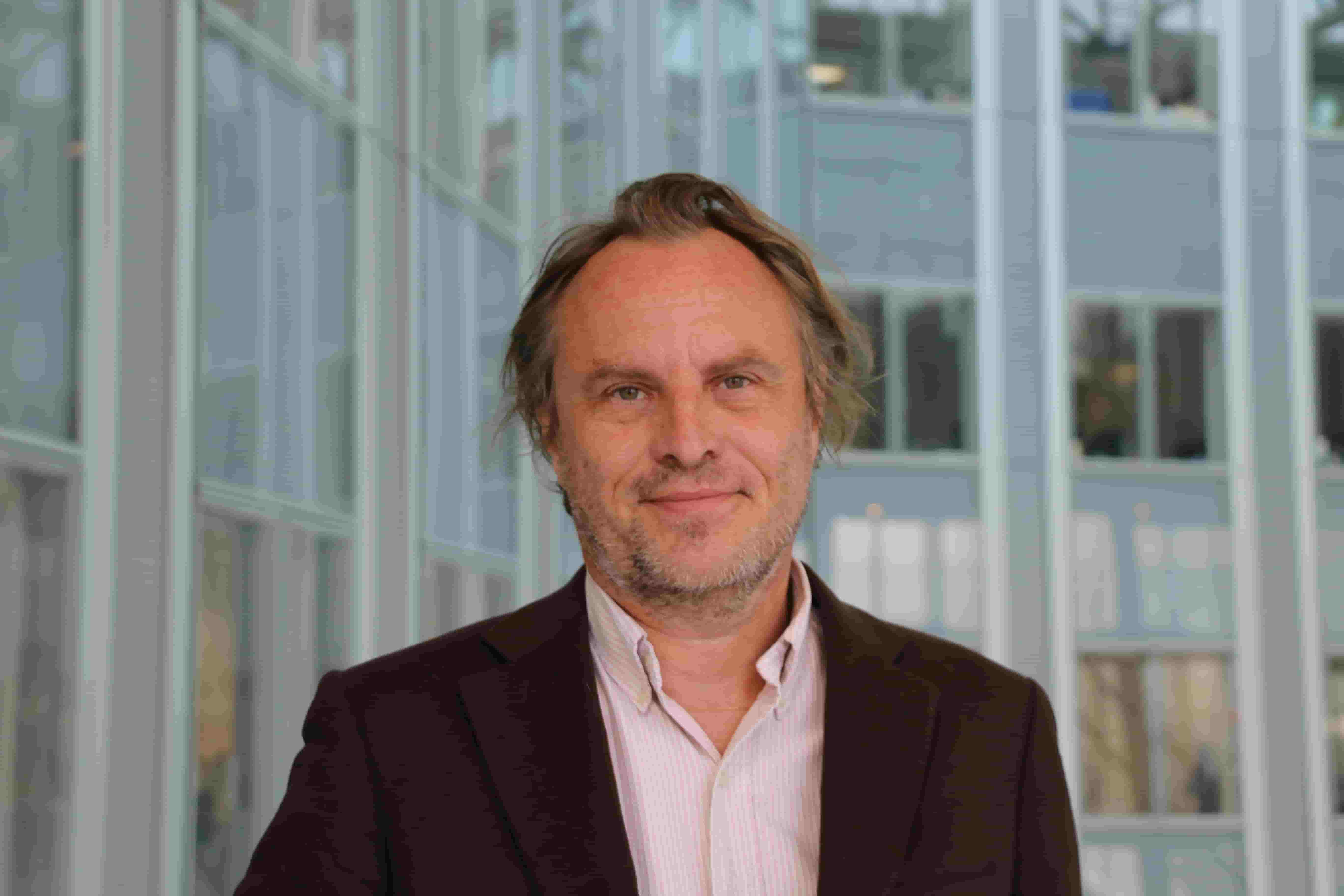
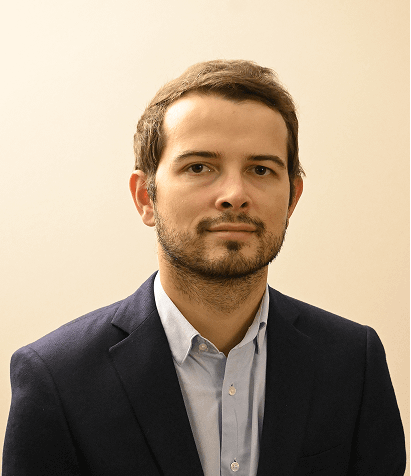

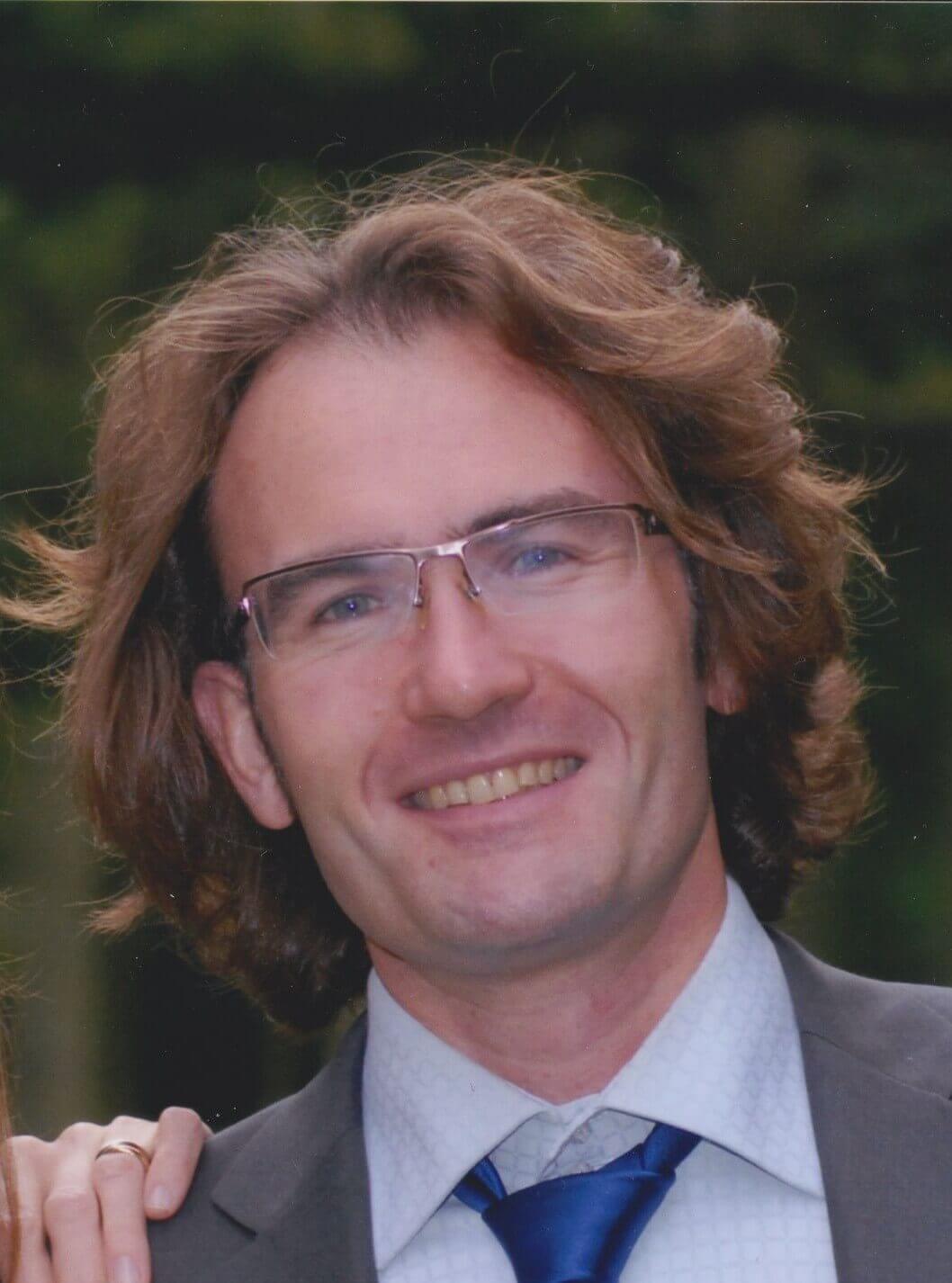
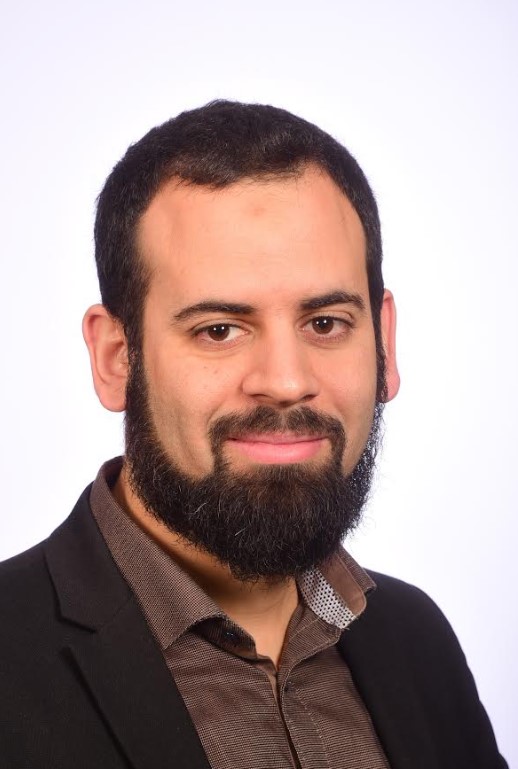
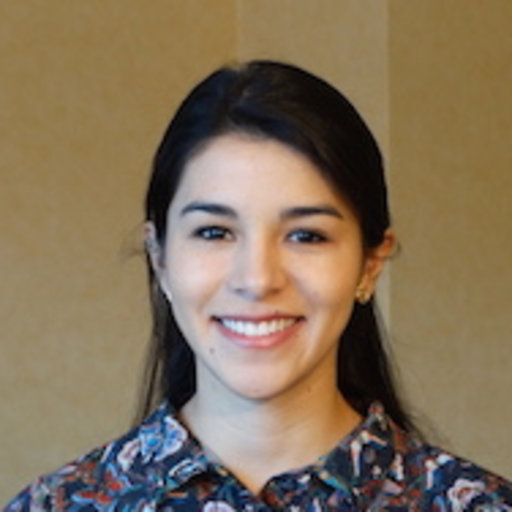 Sandra Castellanos-Paez is a junior researcher at Grenoble-Alpes University (UGA). She completed her PhD in the field of AI planning in 2019, also at the UGA. Her main research interest today is in advanced Machine Learning algorithms, with a strong focus on continual learning for pervasive systems (smart grid, Human Activity Recognition). She is currently supervising a PhD in that very subject.
Sandra Castellanos-Paez is a junior researcher at Grenoble-Alpes University (UGA). She completed her PhD in the field of AI planning in 2019, also at the UGA. Her main research interest today is in advanced Machine Learning algorithms, with a strong focus on continual learning for pervasive systems (smart grid, Human Activity Recognition). She is currently supervising a PhD in that very subject.